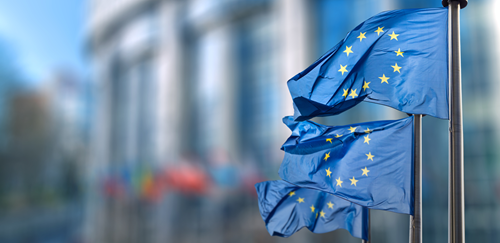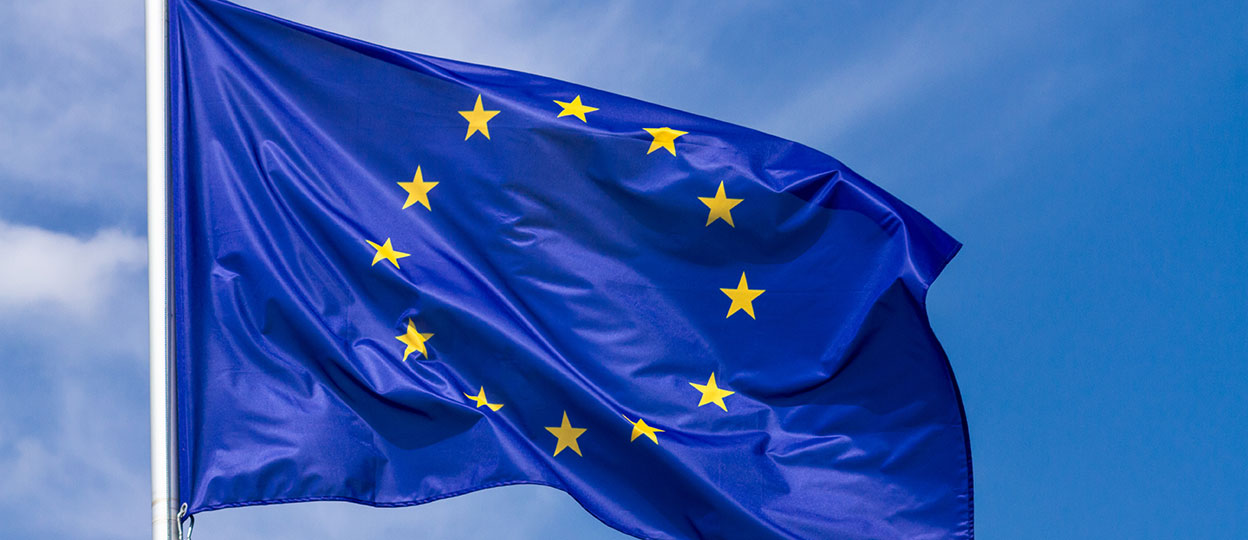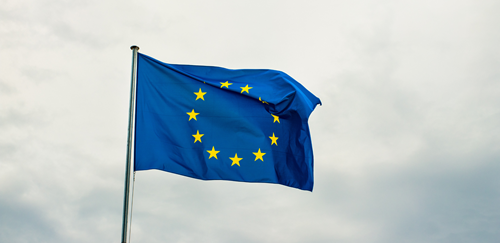On 24 April, the EU’s Packaging and Packaging Waste Regulation (PPWR) was approved, introducing new measures to make packaging more sustainable and reduce packaging waste within the EU.
In response to growing amounts of waste, the regulations set targets for reducing packaging waste, and aim to “harmonise internal market rules” and boost the circular economy. Targets include gradually decreasing packaging by 5% by 2030, 10% by 2035, and 15% by 2040.
The regulations were approved with 476 votes in favour, 129 against and 24 abstentions. They are currently in provisional form with the European Council.
What are the agreed regulations?
EU member states are obligated to reduce the amount of packaging waste they produce, with a specific focus on plastic packaging waste. From 1 January 2030, certain types of single-use plastic packaging will be banned, including those used for fresh produce, food and beverages served in cafes and restaurants, individual condiment and toiletry portions, and ultra-lightweight plastic bags under 15 microns.
There is also a requirement that grouped, transport, and e-commerce packaging must not exceed a 50% empty space ratio. Manufacturers and importers are obliged to prioritise reducing both the weight and size of packaging.
The regulations also include a ban on the use of ‘forever chemicals’ (per- and polyfluorinated alkyl substances or PFASs) above specified thresholds in food contact packaging, addressing health concerns.
A ‘first’ in environmental law
Rapporteur Frédérique Ries (Renew, BE) said: “For the first time in an environmental law, the EU is setting targets to reduce packaging, regardless of the material used. The new rules foster innovation and include exemptions for micro-enterprises.
“The ban on forever chemicals in food packaging is a great victory for the health of European consumers. We now call on all industrial sectors, EU countries and consumers to play their part in the fight against excess packaging.”
Whilst there is currently no indication that the UK will follow suit, businesses trading in the EU will have to ensure compliance and navigate the new rules carefully. We can expect more details and guidance on the regulatory specifics to emerge.
If you're an Ecosurety member and would like to find out more about the impacts of packaging EPR, visit our Ecosurety Hub knowledge articles for more information.






